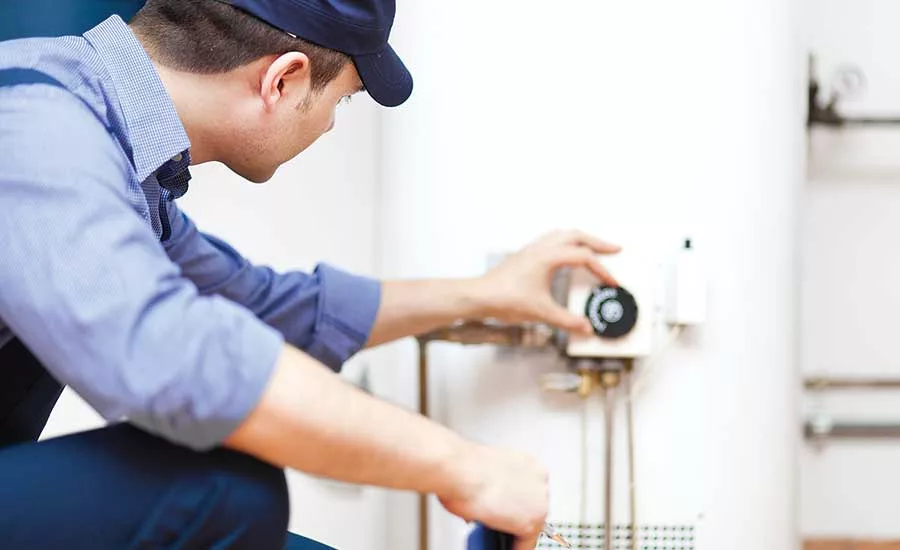Water Quality Can Make or Break a Hydronic System
Chemical treatment and filtration can help increase a system’s life cycle while improving efficiency.

Water quality. If you haven’t spent a good deal of time thinking about it and the impact it has on your hydronic heating system, think again. In fact, it’s so critical to the performance of the system that the installation and maintenance of the system should never be done without consideration of how to maintain the water quality that keeps the system running.
Any untreated system with iron pipework is susceptible to the perils of corrosion, which can sap as much as 15% from heat-transfer rates and up to 6% from boiler efficiency rates after only three weeks. These declines are not only unexpected, but also unacceptable to building and homeowners who expect their high-efficiency equipment to consistently save them money over the long run.
So what’s a contractor or service technician to do? Most turn to some sort of filtration method, which pulls iron oxide out of the system. These are typically used alone or in combination with system treatment formulas made to clean or inhibit corrosion. It’s a start, but there’s much more to consider.
Not your father's boiler
High-efficiency boilers and circulators are increasingly being installed for the reduced heating costs and lower carbon emissions they make possible. However, it’s vital to understand how important water quality is in maintaining these units’ efficiencies.
The very features that make them efficient, such as their narrow waterways, mean that issues such as system-clogging magnetite have an even bigger impact on their performance.
Magnetite is an iron-oxide sludge that forms as air and water mix inside the pipes of an untreated hydronic heating system. As these small (.0003-micron) particles circulate and accumulate inside the system, they begin to adversely affect heat-transfer rates and boiler efficiency. More importantly, iron oxide buildup can lead to equipment damage and/or failure, which then leads to costly repair.
Looking for a reprint of this article?
From high-res PDFs to custom plaques, order your copy today!







